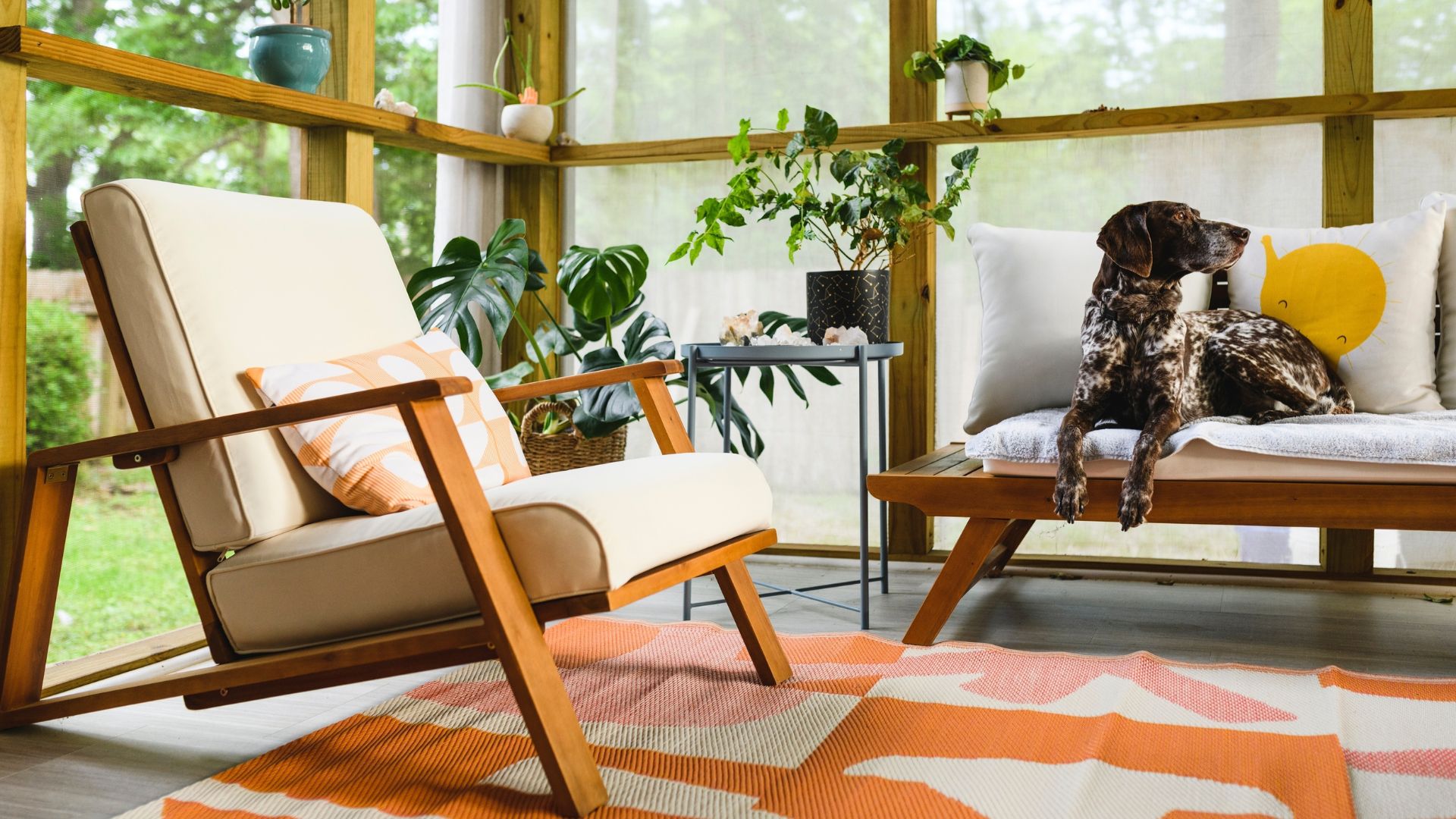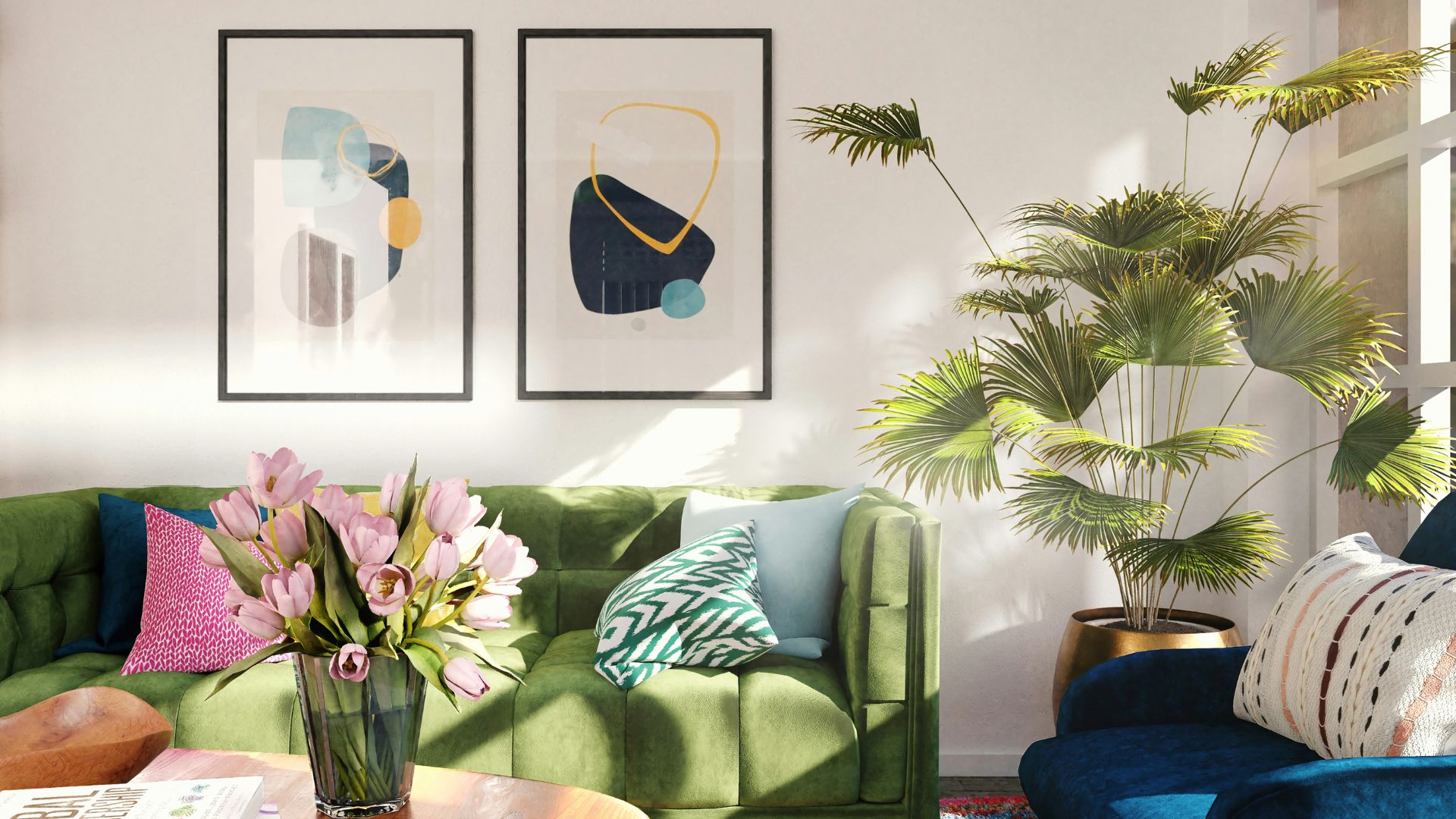Embracing Mid Century Modern Style: A Timeless Design Revolution

Mid Century Modern style, a design movement that began in the mid-20th century, continues to captivate homeowners and designers alike with its timeless appeal. Characterized by simplicity, functionality, and a connection to nature, Mid Century Modern has cemented its place as a beloved aesthetic in the world of interior design. In this blog, we will explore the origins of this iconic style, its key features, and tips for incorporating it into your home.
The Origins of Mid Century Modern
Mid Century Modern design emerged during the post-World War II era, roughly spanning the 1940s to the 1960s. This period was marked by a spirit of optimism and innovation, which was reflected in the architecture and design of the time. Influenced by the Bauhaus movement and Scandinavian design principles, Mid Century Modern aimed to create spaces that were both beautiful and functional.
Key figures in this movement include architects and designers such as Charles and Ray Eames, Ludwig Mies van der Rohe, Eero Saarinen, and George Nelson. Their work emphasized clean lines, organic forms, and an integration of indoor and outdoor spaces.
Key Features of Mid Century Modern Design
1. Clean Lines and Minimalism
Mid Century Modern design is renowned for its clean, unadorned lines and minimalistic approach. Furniture and architectural elements are often sleek and free from excessive ornamentation, emphasizing form and function.
2. Organic and Geometric Shapes
This style skillfully blends organic and geometric shapes, creating a harmonious balance. Curved lines and asymmetrical forms coexist with angular, straight-edged pieces, resulting in a dynamic and visually interesting aesthetic.
3. Natural Materials
Natural materials play a significant role in Mid Century Modern design. Wood, especially teak, walnut, and oak, is commonly used for furniture and flooring. Additionally, designers often incorporate stone, leather, and metal to add texture and depth.
4. Bold Colors and Patterns
While the overall palette of Mid Century Modern interiors tends to be neutral, bold colors and patterns are used strategically to create focal points. Mustard yellow, avocado green, and burnt orange are popular accent colors, often seen in textiles, artwork, and accessories.
5. Integration with Nature
A hallmark of Mid Century Modern architecture is the seamless integration of indoor and outdoor spaces. Large windows, sliding glass doors, and open floor plans create a sense of continuity with the surrounding environment, inviting nature inside.

Tips for Incorporating Mid Century Modern Style into Your Home
1. Invest in Iconic Furniture Pieces
Consider adding iconic Mid Century Modern furniture pieces to your home. Classics like the Eames Lounge Chair, Saarinen Tulip Table, and Noguchi Coffee Table are not only beautiful but also functional and timeless.
2. Embrace a Neutral Palette with Pops of Color
Start with a neutral color palette as your base and introduce pops of bold color through accessories, artwork, and textiles. This approach allows you to create a vibrant yet balanced space.
3. Use Natural Materials
Incorporate natural materials such as wood, leather, and stone into your décor. Opt for wooden furniture with clean lines, stone countertops, and leather accents to add warmth and texture.
4. Add Geometric Patterns
Geometric patterns are a staple of Mid Century Modern design. Consider incorporating these patterns through rugs, throw pillows, and wallpaper to add visual interest and a touch of retro flair.
5. Focus on Functionality
Remember that functionality is at the heart of Mid Century Modern design. Choose furniture and decor that serve a purpose and contribute to the overall usability of the space.
6. Blur the Indoor-Outdoor Divide
If possible, enhance the connection between your indoor and outdoor spaces. Large windows, glass doors, and strategically placed plants can help create a seamless transition and bring the beauty of nature inside.

Conclusion
Mid Century Modern style remains a beloved and influential design movement, celebrated for its timeless elegance and practicality. By understanding its key features and following these tips, you can bring the essence of Mid Century Modern into your home, creating a space that is both stylish and functional. Whether you are a seasoned design enthusiast or a newcomer to this aesthetic, embracing Mid Century Modern style is sure to transform your living space into a haven of mid-20th-century charm.
